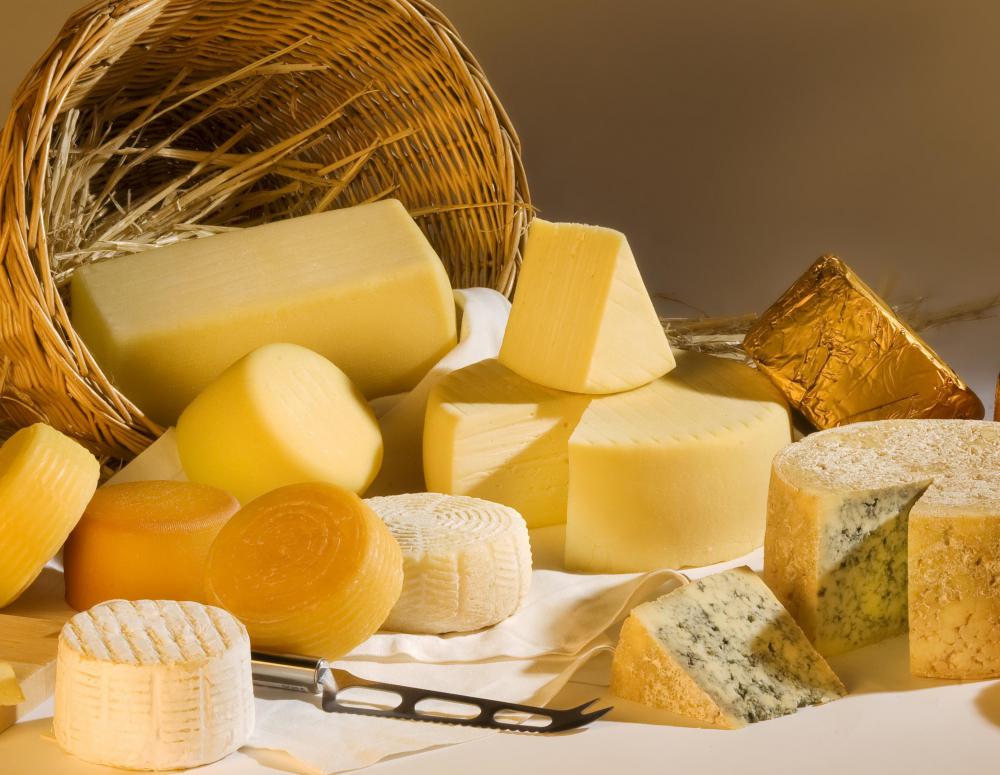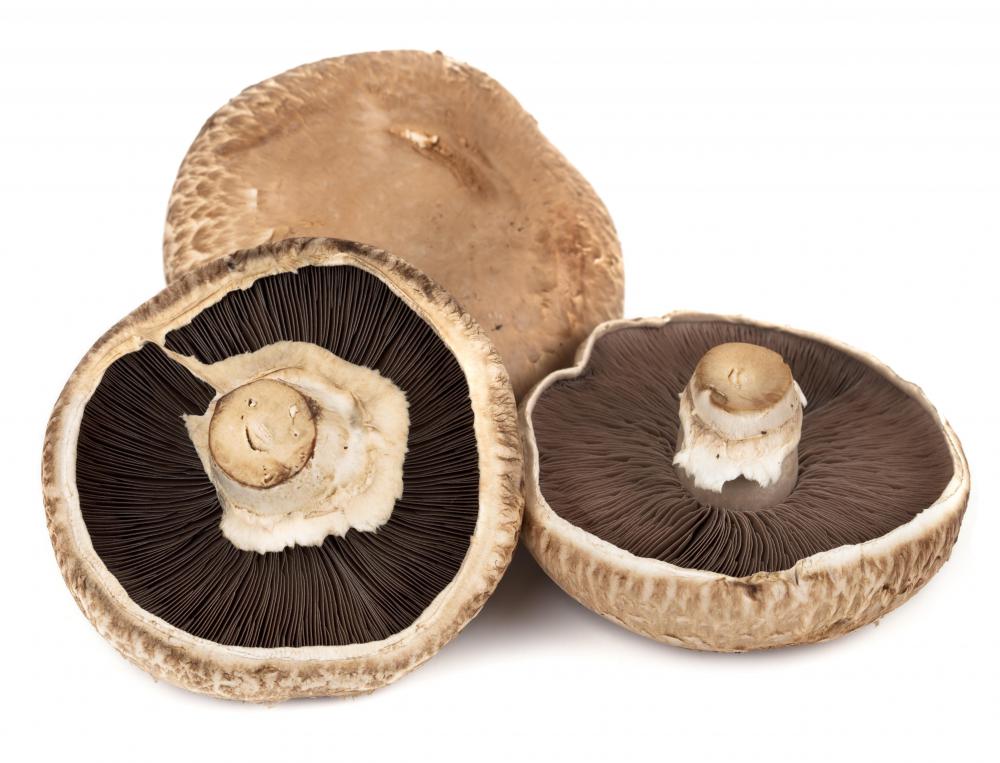At WiseGEEK, we're committed to delivering accurate, trustworthy information. Our expert-authored content is rigorously fact-checked and sourced from credible authorities. Discover how we uphold the highest standards in providing you with reliable knowledge.
What is Quiche Lorraine?
Quiche Lorraine is the original form of quiche, from the French region of Lorraine. It is an open savory pie, filled with a cream and egg custard, and usually containing pork in some sort or other.
Quiche Lorraine was born in the German region of Lothringen during the medieval era. The Germans called their open pie a Kuchen, which meant simply “cake.” Kuchen then became kúche, and eventually became kische. When the French conquered Lothringen, they renamed it Lorraine, and the spelling of kische shifted to a more standard French spelling of quiche.

Quiche actually goes back much further than the original quiche Lorraine, however. Since ancient times people have been making open savory pies: from the Roman patinea to the meat tarts eaten in Medieval Europe. Strictly speaking, quiche Lorraine does not contain cheese, although many modern quiches do add cheese. Julia Child, trying to correct this misapprehension, told Americans “The classic quiche Lorraine contains heavy cream, eggs, and bacon. No cheese.” Most often Gruyére is added to quiche Lorraine, making it quiche au gruyére. Some people also add onions to the quiche Lorraine, making it quiche Alsacienne, as this is the style found in the French region of Alsace.

Traditionally, quiche Lorraine has a bottom crust made from bread dough, but most modern recipes instead use a puff pastry crust. This gives the entire quiche a lighter, fluffier feel, generally preferable to Americans. Originally, quiche Lorraine contained no meat. In fact, it was an important food in strongly Catholic France, as it could be eaten on the meatless days of the liturgical calendar. Soon, however, the variant known as quiche au lard, which contained pork, became the dominant type. Quiche Lorraine is now generally understood to contain minced bacon or bits of pork.
A general recipe for a fairly traditional quiche Lorrain meant for two would be:
Dough: 6T butter, 1/3C water, 3/4C flour, pinch of salt.
Filling: 3/4C minced bacon, 3T butter, 2C cream, 5 eggs, pinch of salt.

The dough is then kneaded twice, and left to rest for an hour. The bacon is blanched and drained. The dough is rolled into a pancake, as if being used in a tart. The dough is then moved to a buttered tart pan, firmly pressed to the bottom and the sides, up and over the rim. The eggs are beaten and slightly salted, and then cream is added slowly while beating. The butter is sliced and placed on the flat dough, the bacon is placed on top of the butter, pressed firmly so it sticks, and the custard is finally poured on top of the mixture. The entire quiche is then cooked at medium heat for roughly 30 minutes, until the custard solidifies.
Hundreds of variations exist on this very simple recipe, but that is quiche Lorraine at its most basic. Cheese, mushrooms, pepper, fromage blanc (yogurt), and créme fraiche may also be added, depending on taste.
AS FEATURED ON:
AS FEATURED ON:















Discussion Comments
I never realized how easy quiche was to make. After reading this article, I made petite quiche lorraine pies and they came out great. Like aplenty said, they were really easy to make. I think that I will make them again, this time adding new fillings. Making quiche is almost like pizza. You can literally put anything you want in them so that they suit your tastes.
Quiche is such an easy and versatile dish. I make quiche about once a month, and I have a great variation that my family loves. I use medium ramekins lined with pre-made rolled piecrusts to make individual quiches for everyone. To make the batter, I mix 7 eggs with two cups of heavy cream, salt, and pepper. I brush the crusts with egg yolk, then par bake at 375 for about ten minutes. While the crusts are baking I sauté onions, garlic, sage, chicken sausage, and black beans in a pan to add as filling. I fill the crusts with the filling, cheese and batter until almost full, and then bake at 375 until cooked through, about 30-40 minutes.
The great thing about quiche is that you can be as creative as you want. You can make them from start to finish in less than an hour (really only 20 minutes of actual cooking and preparation). They also hold well in the refrigerator, and taste just as great re-heated in the microwave.
Post your comments